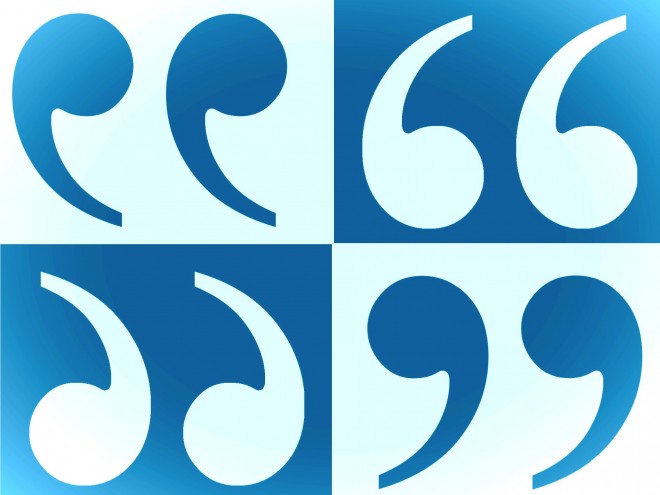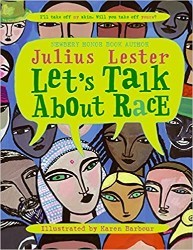It’s the 1980s. The latest device for listening to music is the Walkman, designer jeans with names emblazoned on the rear are the hottest fashion trend, and colorblind casting is not yet a widely accepted idea in theater. When sixth-grade student Lauren Horowitz tries out for her school play, she learns a harsh lesson about prejudice. Gifted with a beautiful voice and hoping to be cast as a lead in a 1950s nostalgia piece entitled Shake It Up, she is bitterly disappointed when the teacher directing the play informs her that she just doesn’t look the part.
Lauren is Chinese American and Jewish. She has always been aware of her mixed heritage — how could she not be, when one of her grandmothers, Wai Po, lives with her family, and the other, Safta, lives nearby? When her teacher not only dismisses her talent but also is skeptical that she is Jewish, Lauren reasons that “the Chinese part of me was the part she could see, but the Jewish part of me was always there, too.” Although Lauren accepts a role in the play’s ensemble, she struggles with a sense of unfairness, as well as with a need to define her own identity.
Lauren’s friend Tara Buchanan, by contrast, seems to live a charmed life in her affluent and white Christian household. As Lauren becomes more aware of their differences and Tara’s seeming insensitivity, typical preteen friendship problems become exacerbated to a painful degree. Madelyn Rosenberg and Wendy Long Shang convey the delicate balance between personal and social differences as the girls’ long-standing partnership begins to unravel.
Every element of Lauren’s personality is carefully and believably constructed. Unlike any of her friends, Lauren loves country music, and her attraction to the songs of Patsy Cline is one example of her independent spirit. Lauren initially assumes Cline was Jewish; when she learns that this isn’t true, she needs to readjust her assumptions about why the singer speaks to her so powerfully. The authors portray Lauren’s confusion gently and respectfully, demonstrating their skill at creating nuanced characters who are more than the sum of their dilemmas or their pop culture signifiers.
Lauren’s anger at not being seen for who she is interacts with her changing social and family relationships. When her mother announces plans to pursue a new career in law, Lauren is worried how this decision may cause a shift in priorities at home. When her mother attributes part of her motivation to a notorious incident of racism in the early 1980s, when a young Chinese American man was murdered, Lauren connects the ignorance and hatred behind it to incidents in her own life. This part of the plot emerges naturally, without any sense that it has been included merely to provide support for an admirable idea. By the book’s conclusion, Lauren Horowitz has become one of the more memorable characters in contemporary middle-grade books, a complex and self-aware young woman, forgiving of others’ weaknesses and proud of her own newfound strengths.
Emily Schneider writes about literature, feminism, and culture for Tablet, The Forward, The Horn Book, and other publications, and writes about children’s books on her blog. She has a Ph.D. in Romance Languages and Literatures.





